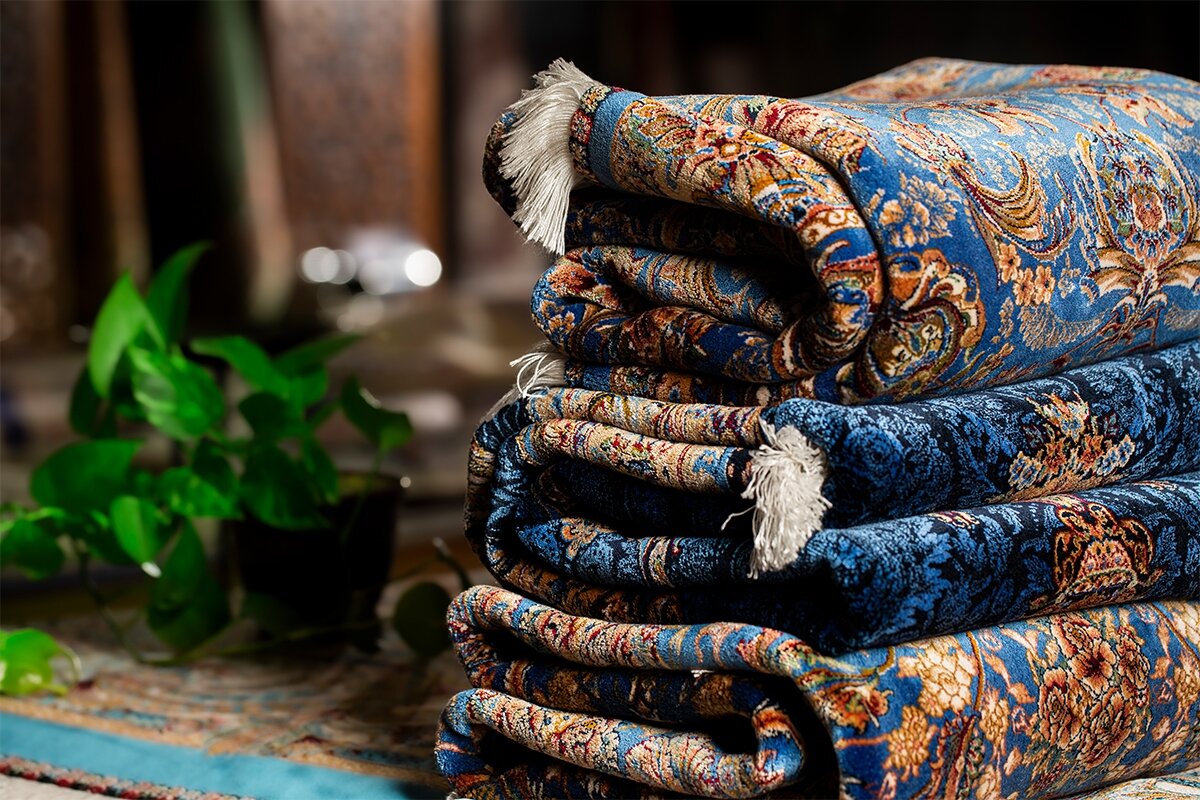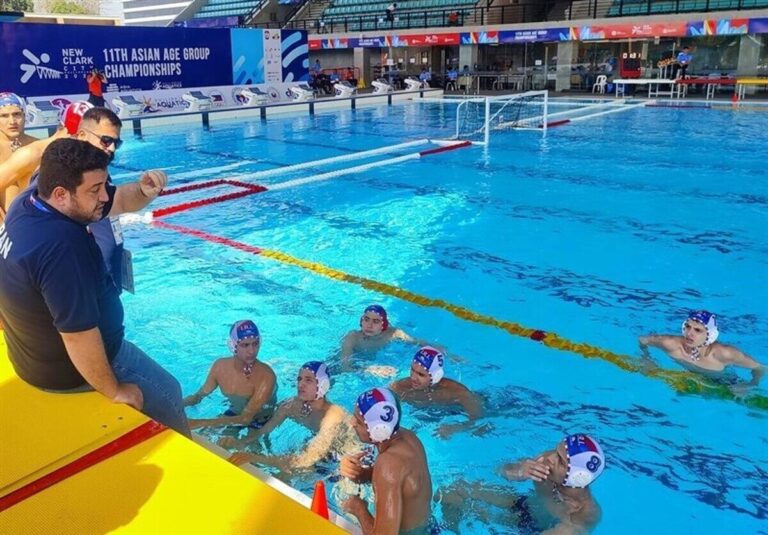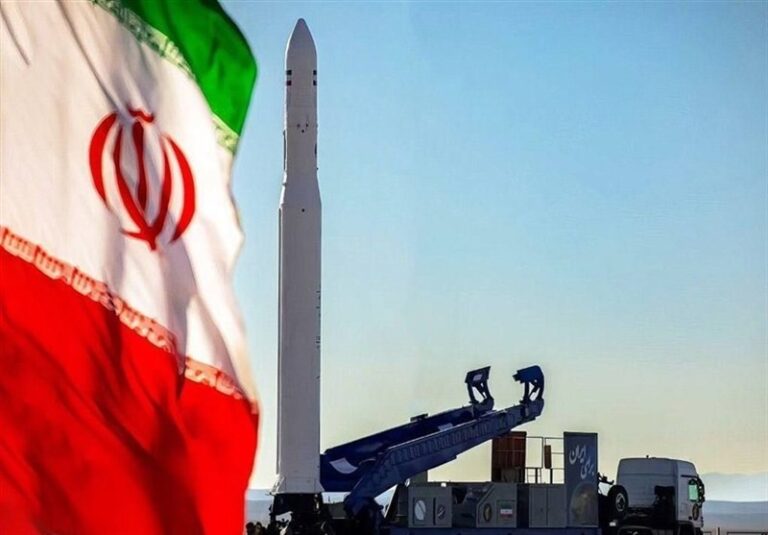Iran’s Handwoven Carpet Exports Reach $41.7 Million in 2022: A Rich Tapestry of Tradition and Trade
In recent developments, the export of handwoven carpets and gabbeh from Iran has shown a promising increase, highlighting the country’s rich textile heritage. Between March 21, 2024, and March 20, 2025, Iran exported $41.7 million worth of these exquisite textiles, reflecting a three percent growth compared to the previous year.
This growth in exports is a testament to the global appreciation for Iranian craftsmanship in textiles, particularly handwoven carpets and gabbeh. The report indicates that several countries have shown a keen interest in these traditional products.
- United Arab Emirates (UAE) – The UAE has emerged as the largest importer of Iranian handwoven carpets and gabbeh.
- Germany – Known for its quality markets, Germany continues to be a significant destination for Iranian textiles.
- Japan – The Japanese market has shown increasing demand for these unique handcrafted items.
- China – As a rapidly growing economy, China is also a key player in the import of Iranian carpets.
The report emphasizes the importance of these exports not just for the economy, but also for preserving the cultural heritage of Iran. Handwoven carpets and gabbeh are not merely products; they represent centuries of tradition and artistry.
As global trends shift toward unique and artisanal goods, Iranian carpets have carved out a niche in the international market. Here are some key factors contributing to the success of Iranian handwoven carpets and gabbeh:
- Artisanal Craftsmanship: Each carpet is meticulously crafted by skilled artisans who have honed their craft over generations.
- Unique Designs: The designs often reflect the rich cultural and historical narratives of Iran, making each piece unique.
- Quality Materials: Iranian carpets are renowned for their high-quality materials, including wool, silk, and cotton.
- Eco-Friendly Production: The use of natural dyes and traditional weaving techniques appeals to environmentally conscious consumers.
Furthermore, the rising global interest in home decor and sustainable products has positively impacted the demand for these traditional textiles. More consumers are seeking to incorporate culturally rich items into their homes, leading to a resurgence in the popularity of handwoven carpets.
While the increase in exports is encouraging, challenges remain in the industry. Factors such as fluctuating currency rates, international trade policies, and competition from other textile-producing countries can impact future growth. Nevertheless, Iranian producers are optimistic about their prospects.
The government continues to support the carpet industry by providing resources and promoting international trade. Initiatives aimed at enhancing quality control and market access are also in place, ensuring that Iranian handwoven carpets can compete effectively on a global scale.
In conclusion, the export growth of Iranian handwoven carpets and gabbeh signifies a positive trend for the country’s economy and cultural heritage. With ongoing support and a commitment to quality, Iran is poised to maintain its status as a leading producer of exquisite textiles.
As the world increasingly values authenticity and craftsmanship, Iranian handwoven carpets stand out as timeless pieces that tell a story. The future looks bright for this industry, especially as more consumers recognize the value of investing in unique and culturally significant products.






